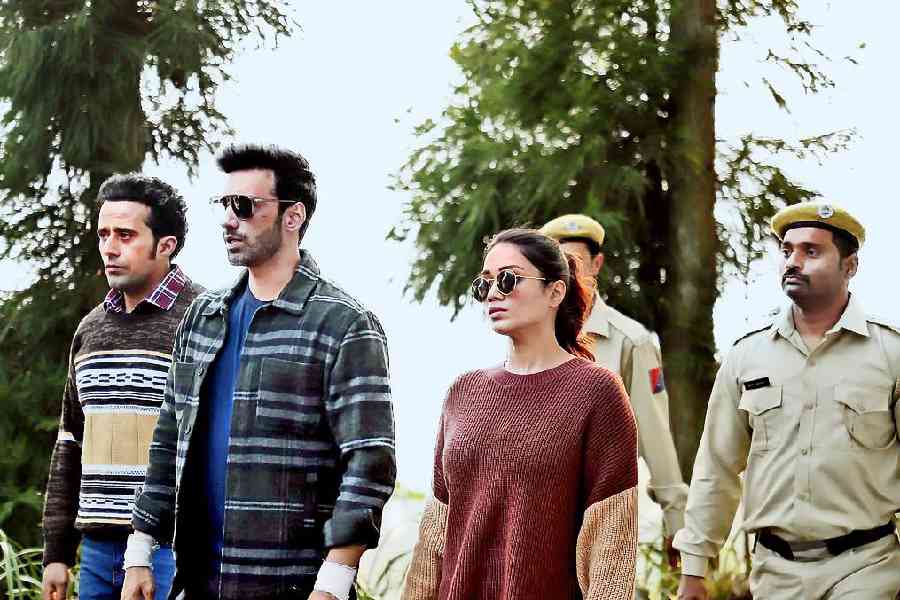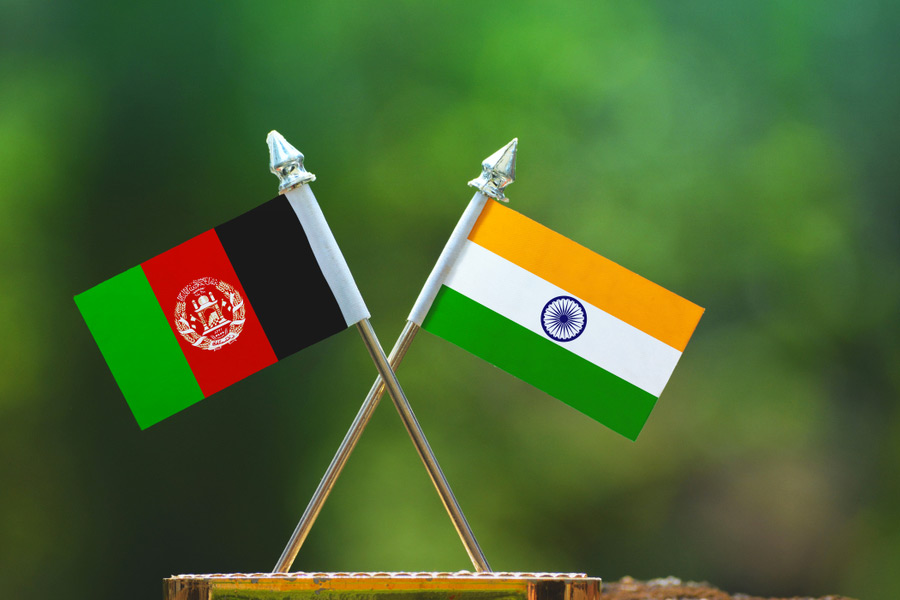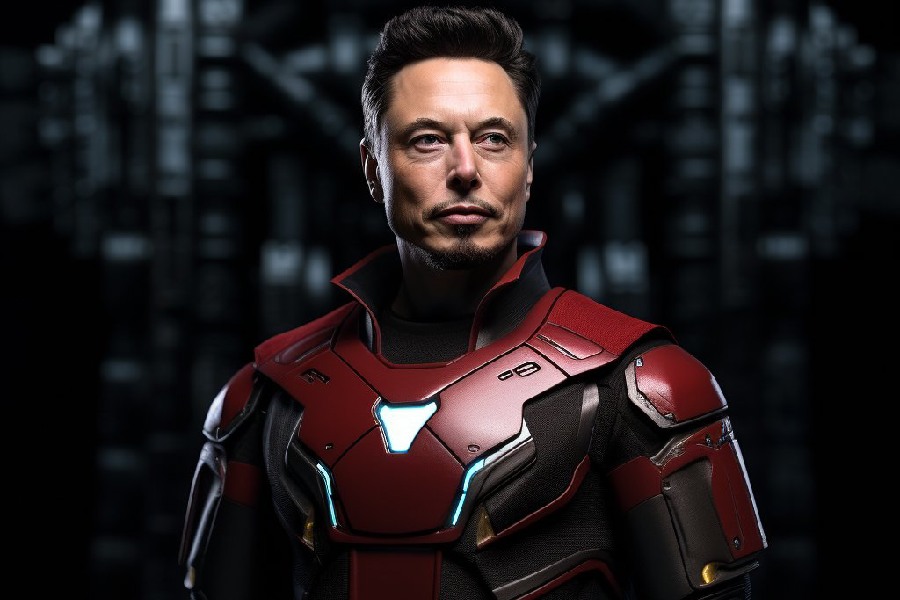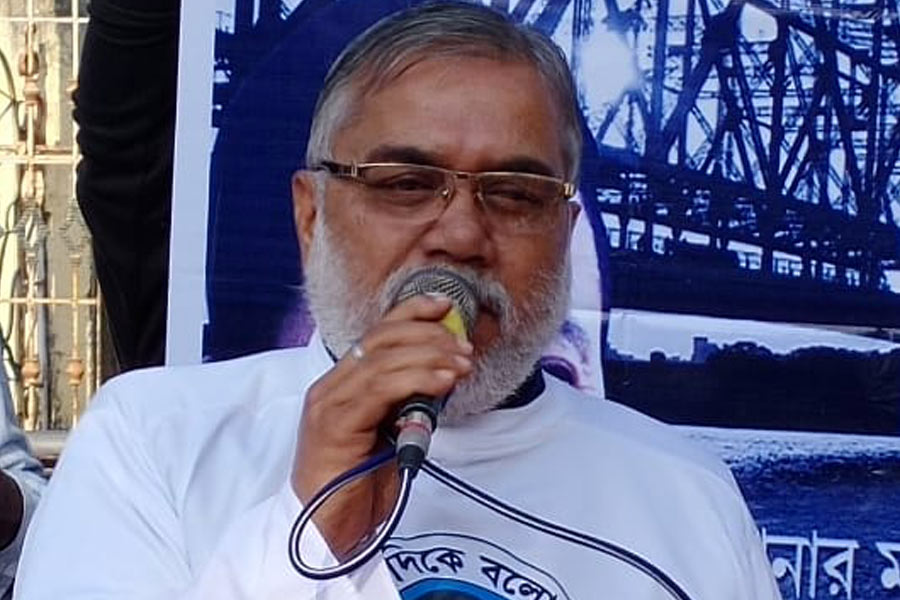Bejoy Nambiar — the man behind films like Shaitan, Wazir and Taish and Madhuri Dixit’s series debut The Fame Game — goes gritty and gutsy with Kaala, an eight-episode look at the world of ‘reverse hawala’, whereby black money is illicitly turned white. Set in and shot in Calcutta and Darjeeling, Kaala — set to drop on Disney+Hotstar on September 15 — stars Avinash Tiwary as an Intelligence Bureau officer, along with Taher Shabbir, Rohan Vinod Mehra, Hiten Tejwani, Jitin Gulati and Elisha Mayor. A t2 chat with Bejoy.
How did you hit upon the idea of Kaala?
A long time back, I was working on a story for a feature film. But something about it was not fitting well and so I parked it aside. Then, the opportunity for Kaala came from both T-Series and Disney+Hotstar and they asked me to pitch a story in that zone. I told them that I already had something and presented them with the story idea. They were very excited about the idea, but I told them that it was half-baked and I needed some time to work on it.
I broke down the idea a little more, I stretched some bits and cut down on some others and then I went back and presented the entire story arc. That was how we kickstarted the development process for Kaala. I was always very sure about the core of the story... the milieu and the world were something that I hit upon once I delved deeper into the development process.
Was there a specific trigger for the idea?
The problem is that if I tell you that, then I will end up telling you a bit of the story (smiles). It’s very tricky. I know exactly when and how the idea came to my head, but if I tell you, it will give away a key plot point.
When you initially kept aside the idea, was it primarily because you felt it warranted long-format storytelling?
I am primarily a feature film-maker and whenever I write any idea, I always think of it in the format of a film. But this was an idea which could easily develop into a long-form narrative. For me, it was quite a challenge to make this into a long-format narrative. I needed to adapt and that learning took me almost a year and a half. I worked with my writers to fully flesh it out and make it into an eight-episode series.
My one fear, at every point, was that we shouldn’t be stretching the story. I had to do justice to the story and not just make another episode out of it. In fact, we wrote an entire episode only for me to realise that it didn’t really take the story forward. We stepped back and said: ‘No let’s do justice to the story’. So we actually scrapped an entire episode.
Also, the initial idea was to shoot 100 per cent of the show in one go. But we stopped when we had shot 75 per cent because we had to step back and look at what we had shot, figure out what fits where. All that was a new learning for me.
Was the idea always to set Kaala in Calcutta?
Yes, we knew that very early on in the writing process. Organically, we knew that Calcutta fits in with the story. The idea was to explore the money laundering racket between the border areas and India-Bangladesh was a key area that we were focusing on. There is a major element about the India-Bangladesh border that we are delving into. So organically, some characters felt like they fit better if they belonged to Calcutta.
What was it like shooting in Calcutta?
We have shot a lot of the series in Calcutta and Darjeeling and it was my first time shooting there. It was a great experience. I had a killer local team. It was my first time having a local production team — which is primarily in charge of logistics — who were so involved in the story. They were so concerned about the characters. It had nothing to do with them, but they would come up with inputs like: ‘Nahin sir, yeh character aisa hona chahiye.’ They voluntarily sought to give me information and I was quite happy that they took so much interest in the story. For example, Aloka (played by Elisha Mayor) plays a footballer in the series and they told me that the character wouldn’t be seen playing at Mohun Bagan Club. That interest from their side was very heartening for me to see.
How much does the city lend itself to the story?
I was very clear that I didn’t want to shoot during Durga Puja. It’s a done thing. Organically, whatever felt right, what connected to the story and naturally felt part of the city’s texture was included. There is this really busy street (Gariahat) where you have people sitting under the flyover and playing chess. I loved that aspect and you will get to see that in Kaala. I said: ‘I need to show this.’ It says so much about the city. That in that hustle-bustle, these people have found this pocket, this oasis, so to speak, to do something they love. We couldn’t shoot in Gariahat because it’s so busy but we recreated that.
Then, there was the Coffee House (on College Street). I said: ‘I have to shoot here!’ The production suggested that we replicate it because shooting there would be a logistical nightmare. They said they could ‘cheat’ it in Bombay. But I was adamant that we would shoot at Coffee House because I knew that we couldn’t recreate the feel anywhere else. Those tables, those waiters, those conversations over a smoke...that can’t be replicated. These are some things that I wanted to be a part of the fabric
of Kaala.
What makes Kaala stand apart is that it’s an original story, in a creative phase where most narratives are being adapted from another source material. In fact, all your work so far has been your own. Have you always been inclined towards writing your own stories?
Yes. It’s something I strive for. I may fail, I may fall but it doesn’t stop me from wanting to tell original stories. I take pride in my writing. At the risk of sounding immodest, I do get opportunities where I am presented with ready material, but I always tell them: ‘If you want to work with me, I will always want to use my own stories as a priority.’ I constantly push for that and I surround myself with people who help me realise my stories.
In this age of so much content, how does one ensure that one’s story is clutter-breaking?
The volume of content has definitely gone up and eventually, one will see content that is not up to the mark. But then, we also have some stellar shows cutting through and making an impact. The volume of content has definitely given rise to some distinct and varied voices and sometimes, it becomes very difficult to filter through and watch everything. Some things just go unnoticed and that’s sad. But eventually, good things will ultimately find an audience.
Speaking of impact, you released your last project Taish on a streaming platform both as a film and a series. Looking back, did that innovation pay off?
That happened by chance, it wasn’t planned. Covid-19 gave us the time and freedom to adapt the material differently. People supported me in that idea. But it was a unique concept and way too early for audiences to adapt to it. As we go ahead, I am sure others will also explore that format.
For Taish, in the initial week, the maximum traction was for the series. In the next two to three months, the film was the highest-watched on that platform. Both managed to find an audience.
Priyanka Roy
Pick your favourite made-in-Calcutta film/series in the last five years and tell t2@abp.in











